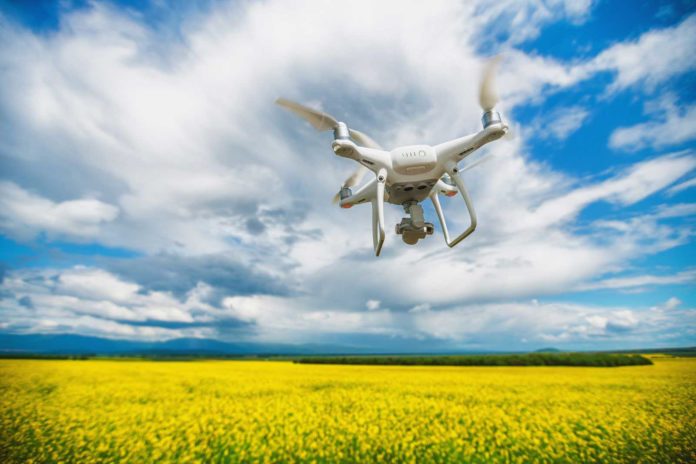Thermophotovoltaic power conversion utilizes thermal radiation from a local heat source to generate electricity in a photovoltaic cell. On a solar cell, the addition of a highly reflective rear mirror maximizes the extraction of luminescence, which in turn boosts the voltage.
In a new study, scientists at the Berkeley Lab and UC Berkeley reported that rear mirror can be used to create thermophotovoltaic systems with unprecedented high thermophotovoltaic efficiency. The discovery has broken another record in thermophotovoltaic effectiveness, an accomplishment that could prompt ultralight motors that can lead to ultralight engines for a considerable length of time.
Scientists recognized that a highly reflective mirror installed on the back of a photovoltaic cell can reflect low energy infrared photons to reheat the thermal source, providing a second chance for a high-energy photon to be created and generate electricity.
The corresponding author Eli Yablonovitch said, “The current study builds on work that he and students published in 2011, which found that the key to boosting solar cell efficiency is, counterintuitively, by externally extracting light from an intense internal luminescent photon gas.”
The researchers are now aiming to reach 50 percent thermophotovoltaic efficiency in the future by applying these new scientific concepts.
The study is reported on July 16 in the Proceedings of the National Academy of Sciences.
